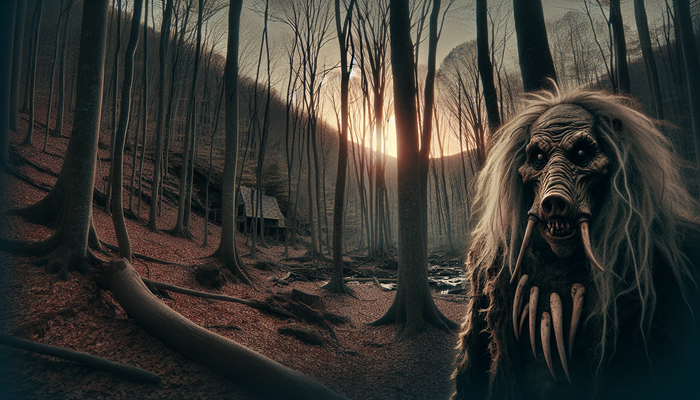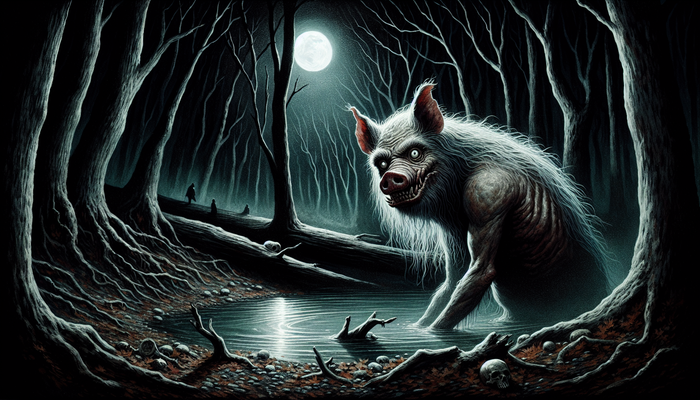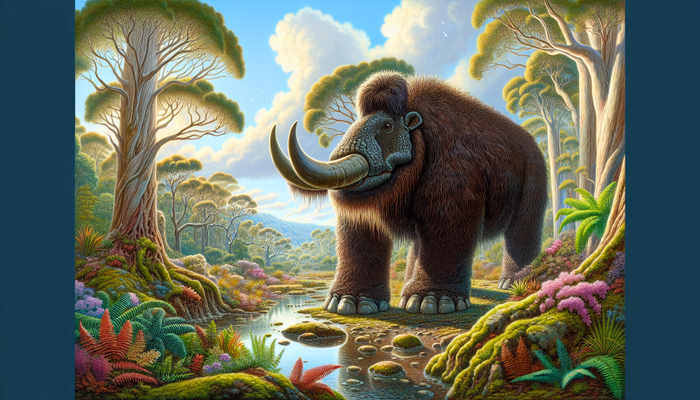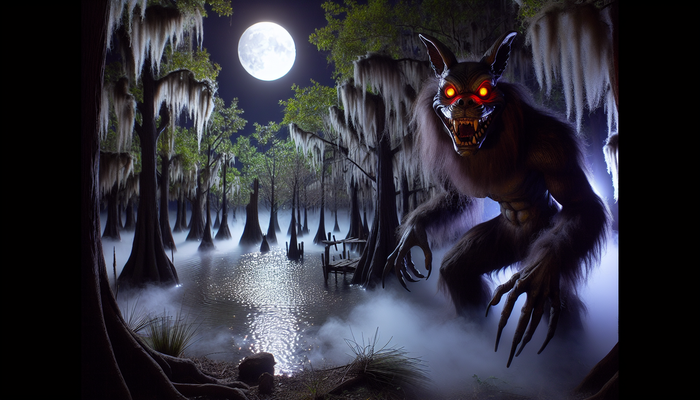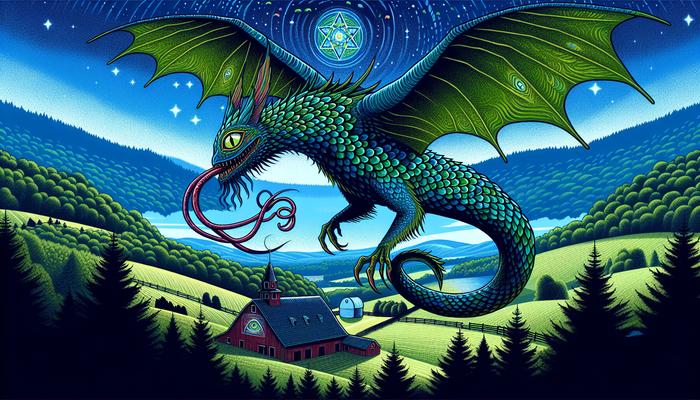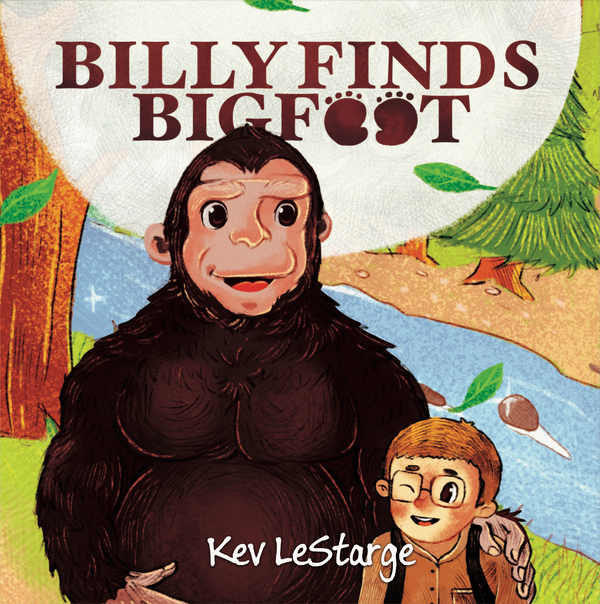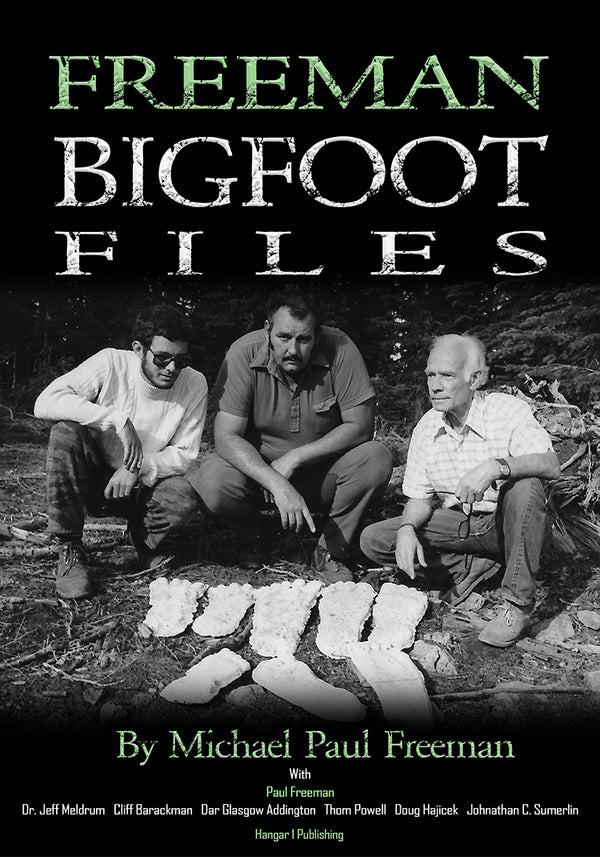The Search for Feral People in America's Wilderness

Lucas Jennings, Cryptozoologist and Adventurous Naturalist
Imagine a world where humans live untamed and unspoken, hidden in the depths of America's wilderness. This is the realm of the feral people, a topic that sits at the fascinating intersection of myth, folklore, and potential reality. As someone who has dedicated his life to exploring the fringes of the natural world, the concept of feral people holds an enduring allure for me and others in the cryptozoology community. Which brings us to the case of Dennis Martin, a six-year-old boy who vanished in 1969 while on a family camping trip in the Great Smoky Mountains. His disappearance sparked sensationalized theories about feral people inhabiting the park, and the unsolved mystery continues to captivate decades later. For cryptozoology enthusiasts like myself, cases like Dennis Martin's hint at profound secrets still lurking within America's vast and rugged wilderness.
Defining the Feral
So what exactly constitutes a feral person? These individuals have lived in extreme isolation from human contact since a very young age, deprived of social interaction, language, and human care. Having developed no understanding of cultural norms or speech, their psychology remains wild and untamed. The critical period hypothesis states that language acquisition becomes exponentially more difficult after childhood, which likely explains the severe deficits observed in many feral cases. Tragically, the lack of human connection during their formative years also results in developmental delays across physical, cognitive, and emotional domains. The story of Genie, a girl rescued from abusive confinement at 13 years old, reveals just how monumental the challenges of rehabilitation can be for these victims of extreme neglect.
Historical Context and Modern Myths
Accounts of feral children raised by animals have populated folklore and legend for centuries, from Romulus and Remus to Mowgli. But even today, factual cases periodically emerge, like Oxana Malaya who lived among dogs in Ukraine until age 8. However, the lines between myth and reality have been blurred by the media's sensationalism around feral people. Horror films like The Descent portray these individuals as monstrous cannibals, while fictional books further romanticize the allure of humans living wild. As a result, the public perception of feral people has become larger-than-life. But behind the myths often lie tragic stories of abuse and isolation. As we analyze this phenomenon, we must be careful not to lose sight of its harsh realities.
The Smoky Mountains Enigma
In the case of Dennis Martin, reality has been similarly obscured by myth. On a 1969 Father's Day hike in the Smokies, Dennis wandered into the woods during a game of hide-and-seek and was never seen again. The extensive search that followed failed to uncover any trace of him except for a potential shoe print. In the vacuum left by his puzzling disappearance emerged theories that he'd been snatched by feral humans inhabiting the park. But simple explanations are often the truth. The area's hazardous terrain and wildlife likely led to a tragic accident. With over 1,400 searchers trampling the site, any evidence was probably destroyed. While provocative, the feral people theory lacks direct substantiation. We must abide by Occam's Razor, which favors the rational over the sensational.
Wild Men of Appalachia
Yet Appalachian folklore is ripe with stories of "Wild Men" lurking in its misty hollows. These hairy, beast-like creatures are believed to stalk the forests, occasionally emerging to unleash their savage fury. While easy to dismiss as rural legend, certain accounts cannot be so readily discarded. In 1877, a party of miners described being chased by a giant, naked "Wild Man" near Linville, North Carolina. The depiction echoes Native tales of the Sasquatch, which roamed the region centuries before Europeans arrived. Could cultures separated by time and distance document the same elusive species? Admittedly, the circumstantial evidence invites skepticism. But as someone who has combed these ancient woods, I know there are wonders that defy belief. We must examine the Wild Men legends through a lens unclouded by arrogance or close-mindedness. The truth may be wilder than we imagine.
The Hermit Hypothesis
If feral people prove too far-fetched, could hermits account for strange occurrences in America's wilderness? Isolated individuals have occasionally been discovered roaming parks and forests. After the Oklahoma City bombing, survivalist Eric Rudolph evaded capture for five years in the Appalachians. If Rudolph could secretly inhabit the dense woods, might others be doing the same? But modern life poses challenges. Foraging, hunting, and farming would be required to subsist off the grid long-term. Transportation and shelter also present difficulties. Still, with ingenuity and seclusion, the remote wilderness could support a reclusive lifestyle. While more plausible than feral people, hermits living undetected for decades seem unlikely given today's pervasive connectivity and advanced tracking technologies. However, nature's isolating embrace cannot be underestimated.
Ethical Exploration
Regardless of origin, the prospect of people existing utterly detached from society is deeply concerning. Any search must be conducted with ethics and their dignity in mind. Peaceful isolation may be these individuals' choice. Forcibly inserting them into the modern world could be psychologically traumatic. There are also ecological impacts to consider. Undisturbed wilderness is increasingly precious, and any exploratory encroachment must be handled with care. Moreover, these lands may hold sacred significance for Native cultures. Their sovereignty and traditions must be honored. Ultimately, our curiosity cannot supersede compassion and conservation. If such isolated people do exist, they deserve to remain protected within nature's sanctuary.
Cryptozoology and Community
For cryptozoology devotees like myself, the idea of feral people inhabiting the wilderness holds an irresistible allure. It symbolizes the last vestiges of the unknown, a final frontier to conquer. Online communities have fostered camaraderie around analyzing evidence and theorizing on the topic. But we must ensure our shared curiosity does not lapse into reckless sensationalism. As stewards of this field, our duty is to uphold principles of scientific integrity, thoughtful inquiry, and level-headed discourse. Rather than rushing to conclusions, we must embrace the spirit of open-minded exploration, wherever it may lead. The search for truth is a marathon, not a sprint. With ethical diligence and patience, cryptozoology can reveal secrets that reshape humanity's relationship with the natural world. This is the journey that beckons.
Reintegration and Rehabilitation
When feral individuals are found, the challenge of rehabilitation begins. Having missed crucial developmental stages, they struggle to acquire language, social abilities, and self-care skills. Recovery is often partial at best. Psychological issues like hypersensitivity and emotional volatility frequently linger. For Genie, years of intensive therapy yielded only marginal improvement. We must consider whether reintegration is truly beneficial when the psychological toll is so immense. Perhaps these unfortunate souls are better served by remaining in the wild surroundings that sheltered their formative years. With compassionate care, they may find some semblance of contentment close to nature's heart.
The Verdict of Science
From a scientific standpoint, concrete proof of feral people's existence remains strikingly elusive. Mainstream anthropology and psychology contend that human development necessitates socialization. Yet cases like Oxana Malaya challenge such absolutism. Amid the unknowns, science is learning just how profoundly our social bonds shape and scaffold our identity. As we expand the boundaries of knowledge, there are still mysteries to be explored within ourselves and the farthest fringes of society. Science must stay open to the unconventional and unexpected. Discovery often awaits in the unlikeliest places.
The call of the wild still whispers, hinting at a human realm that defies categorization. For now, the balance between myth and reality remains uncertain when it comes to feral people. But as someone who has dedicated my life to unveiling nature's best-kept secrets, I know that open eyes and open minds are the keys to revelation. Somewhere in America's vast wilderness, the next chapter of discovery awaits. We need only muster the courage to turn the page.
From Bigfoot to UFOs: Hangar 1 Publishing Has You Covered!
Explore Untold Stories: Venture into the world of UFOs, cryptids, Bigfoot, and beyond. Every story is a journey into the extraordinary.
Immersive Book Technology: Experience real videos, sights, and sounds within our books. Its not just reading; its an adventure.


